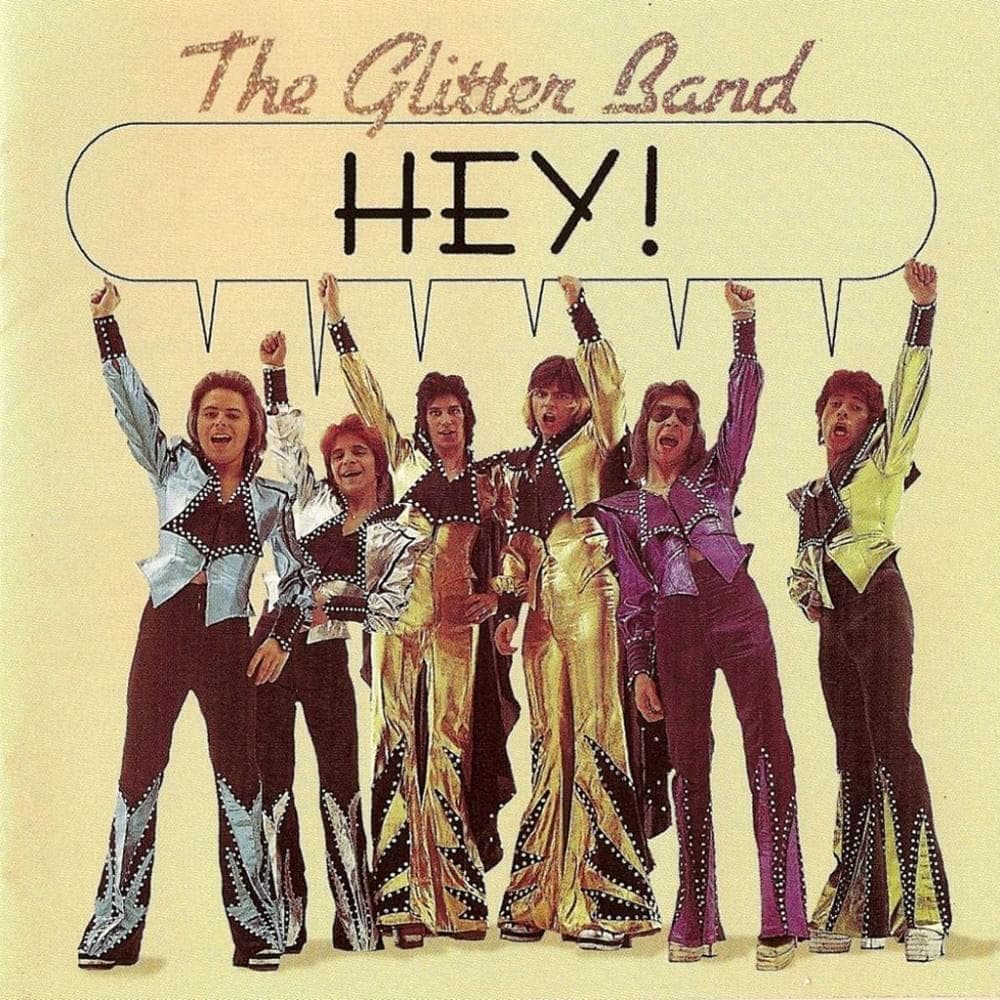
An Unstoppable Glam Rock Anthem Marred by Controversy
The Glitter Band‘s “Rock and Roll Part 2,” though never officially released as a single under their name, is inextricably linked to their sound and the glam rock era. This instrumental track, originally credited to Gary Glitter, became a massive hit, reaching number 2 on the UK Singles Chart and number 7 on the Billboard Hot 100 in the United States in 1972. However, its legacy is now deeply shadowed by the subsequent convictions of Gary Glitter for child sexual abuse offences, making its continued play a complex and ethically fraught issue.
The story of “Rock and Roll Part 2” is one of immediate and undeniable musical impact followed by a tragic fall from grace. Originally intended as a B-side, its infectious, stomping beat and simple, chant-along chorus quickly propelled it to A-side status and chart-topping success. The track’s driving rhythm, built around Pete Phipps and Tony Leonard’s signature double drumming, became the defining sound of glam rock, an irresistible force on dance floors and at sporting events worldwide. Its simplicity was its strength, a raw and primal energy that connected with audiences on a visceral level. However, this initial success is now inextricably linked to the horrific crimes committed by the man whose name was once synonymous with the song.
The meaning of “Rock and Roll Part 2,” stripped of its association with Gary Glitter, is purely musical. It’s an embodiment of the raw, unbridled energy of rock and roll, a celebration of rhythm and movement. The repetitive chant, “Hey!,” is a primal call to action, an invitation to lose oneself in the music and surrender to the beat. The driving drums, the simple guitar riff, and the overall relentless energy create a sonic force that is both exhilarating and hypnotic. It’s a pure expression of musicality, a track designed to move bodies and ignite a crowd.
However, the song’s purely musical meaning is now impossible to separate from the horrific actions of Gary Glitter. The joy and energy it once represented are now tainted by the knowledge of his crimes. Playing the song has become a complex ethical dilemma, forcing a confrontation with the uncomfortable reality that music, however powerful and evocative, can be irrevocably stained by the actions of its creators.
For those who remember the glam rock era, “Rock and Roll Part 2” likely evokes a mix of nostalgia and profound discomfort. It’s a reminder of a time when the music was flamboyant, energetic, and seemingly carefree. But it’s also a stark reminder of the importance of separating art from artist and the ethical complexities of enjoying a piece of music created by someone who has committed unspeakable acts. The song’s legacy is now a cautionary tale, a complex and troubling reminder of the shadows that can lurk beneath the surface of even the most seemingly joyful and innocent creations. Its continued presence in the cultural landscape forces a difficult but necessary conversation about accountability, responsibility, and the enduring power of music, even when that power is tragically compromised.